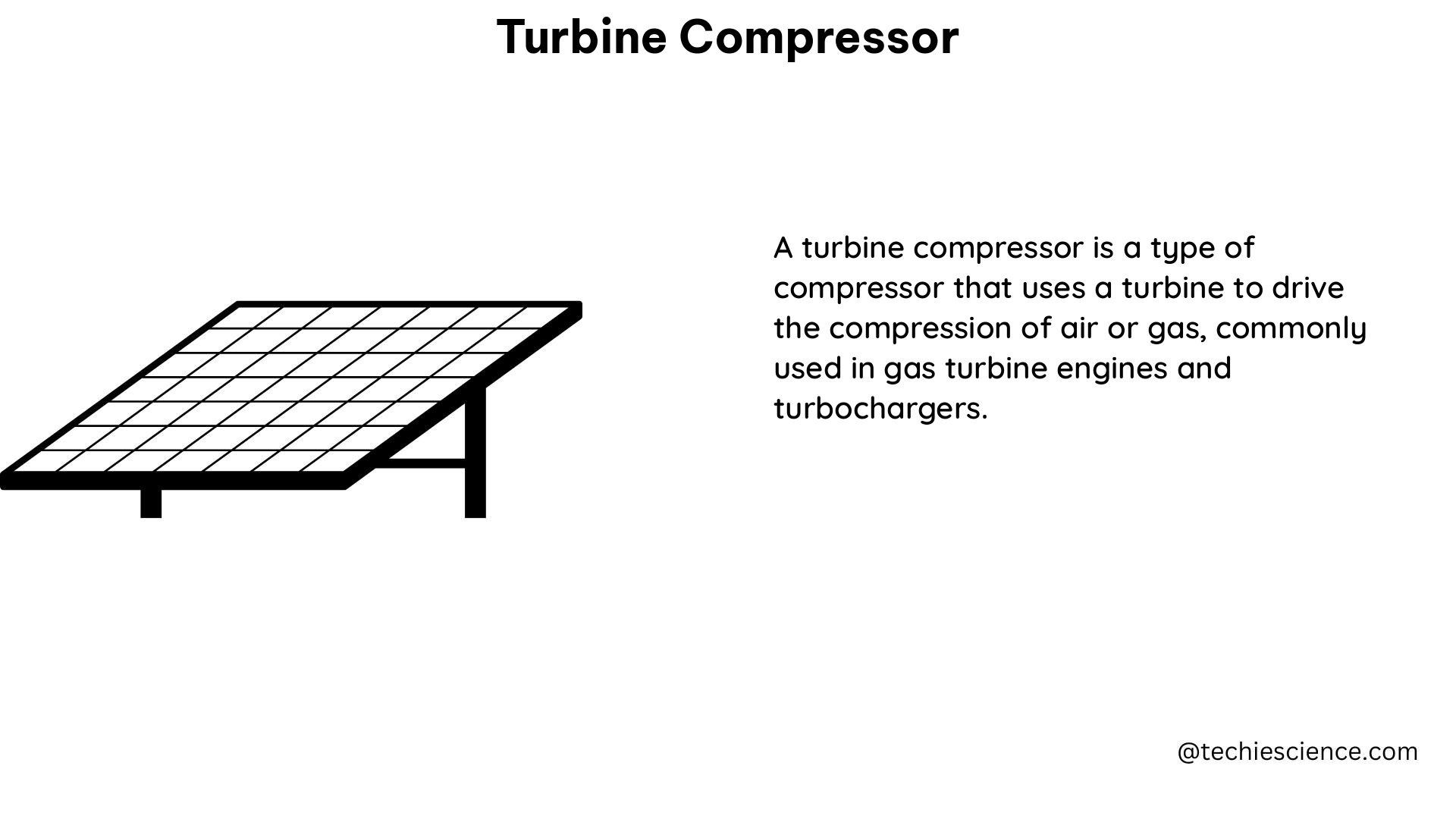The turbine compressor is a critical component in gas turbine engines, responsible for compressing the air that is mixed with fuel and ignited to produce thrust or generate electricity. The performance of the turbine compressor is influenced by various factors, including inlet pressure, inlet temperature, relative ambient humidity, pressure ratio, and outlet temperature.
Analyzing Compressor Performance After Maintenance
In a study analyzing the performance of a gas turbine compressor after a major maintenance operation, the authors used an autoencoder architecture to predict the compressor’s performance based on the aforementioned factors. The dataset used in the study was divided into a training set, validation set, testing set, and maintenance set, with each set containing different operating conditions and maintenance events.
The results showed that the autoencoder architecture was able to accurately predict the performance of the compressor after maintenance, with a mean absolute error of less than 1% for pressure ratio and outlet temperature. The study found that the autoencoder model was able to capture the complex relationships between the input variables and the compressor’s performance, allowing for accurate predictions even after major maintenance events.
Evaluating Compressor Performance Using Machine-Generated Data

The performance of a turbine compressor can also be evaluated using machine-generated data and quantifying degradation and the impacts of compressor washing. This involves correcting measurement data not only with compressor inlet temperatures and pressures but also with relative humidity. By analyzing the changes in performance over time, it is possible to identify trends and predict potential failures before they occur.
The study found that by incorporating relative humidity data into the performance analysis, the researchers were able to more accurately quantify the impacts of compressor washing on the overall engine performance. This is because relative humidity can have a significant impact on the air density and, consequently, the compressor’s mass flow rate and pressure ratio.
Compressor Maps and Design Point Modeling
In terms of technical specifications, a gas turbine compressor map is a common tool used to model the performance of the compressor. The map develops the relationship between compressor pressure ratio, corrected shaft speed, corrected mass flow, and efficiency, taking into account all compressor variable geometries such as inlet guide vanes or variable stator vanes. The map is defined in terms of corrected speed and mass flow, which allows for the creation of a simplified model that is accurate across all operating points.
When creating a design point model for a gas turbine engine, performance parameters such as pressure ratios, efficiencies, areas, etc. for each engine component are required to be defined. This definition process is iterative, using known values and assumptions to calculate the unknown engine parameters, then making adjustments to previous assumptions.
The compressor map is a crucial tool in this design process, as it allows for the accurate modeling of the compressor’s performance across a wide range of operating conditions. By incorporating the compressor map into the overall engine design, engineers can optimize the engine’s performance and ensure that the compressor is operating within its design limits.
Factors Influencing Compressor Performance
The performance of a turbine compressor is influenced by various measurable and quantifiable factors, including:
-
Inlet Pressure: The inlet pressure of the compressor can have a significant impact on its performance. Higher inlet pressures can lead to increased mass flow rates and pressure ratios, but may also result in higher power consumption and reduced efficiency.
-
Inlet Temperature: The inlet temperature of the compressor can also affect its performance. Higher inlet temperatures can lead to reduced air density, which can result in lower mass flow rates and pressure ratios.
-
Relative Ambient Humidity: The relative ambient humidity can impact the air density and, consequently, the compressor’s mass flow rate and pressure ratio. Incorporating relative humidity data into the performance analysis can help to more accurately quantify the impacts of compressor washing.
-
Pressure Ratio: The pressure ratio of the compressor is a key performance metric, as it determines the amount of compression that the air undergoes before being mixed with fuel and ignited. Higher pressure ratios can lead to increased engine efficiency, but may also result in higher power consumption and reduced surge margin.
-
Outlet Temperature: The outlet temperature of the compressor is another important performance metric, as it can impact the overall engine efficiency and the design of downstream components, such as the turbine.
By analyzing the changes in these factors over time and using tools such as compressor maps, it is possible to predict potential failures and optimize the performance of the compressor.
Conclusion
In summary, the turbine compressor is a critical component in gas turbine engines, and its performance is influenced by a variety of measurable and quantifiable factors. By understanding the relationships between these factors and the compressor’s performance, engineers can optimize the design and operation of the compressor to improve the overall efficiency and reliability of the gas turbine engine.
References:
- de Castro-Cros, M., Velasco, M., & Angulo, C. (2023). Analysis of Gas Turbine Compressor Performance after a Major Maintenance Operation Using an Autoencoder Architecture. Sensors, 23(3), 1236.
- Evaluating Gas Turbine Performance Using Machine Generated Data: Quantifying Degradation and Impacts of Compressor Washing. (n.d.). ResearchGate. Retrieved July 9, 2024, from https://www.researchgate.net/publication/303829209_Evaluating_Gas_Turbine_Performance_Using_Machine_Generated_Data_Quantifying_Degradation_and_Impacts_of_Compressor_Washing
- Practical Techniques for Modeling Gas Turbine Engine Performance. (2016). NASA Technical Reports Server. Retrieved July 9, 2024, from https://ntrs.nasa.gov/api/citations/20160012485/downloads/20160012485.pdf

The lambdageeks.com Core SME Team is a group of experienced subject matter experts from diverse scientific and technical fields including Physics, Chemistry, Technology,Electronics & Electrical Engineering, Automotive, Mechanical Engineering. Our team collaborates to create high-quality, well-researched articles on a wide range of science and technology topics for the lambdageeks.com website.
All Our Senior SME are having more than 7 Years of experience in the respective fields . They are either Working Industry Professionals or assocaited With different Universities. Refer Our Authors Page to get to know About our Core SMEs.